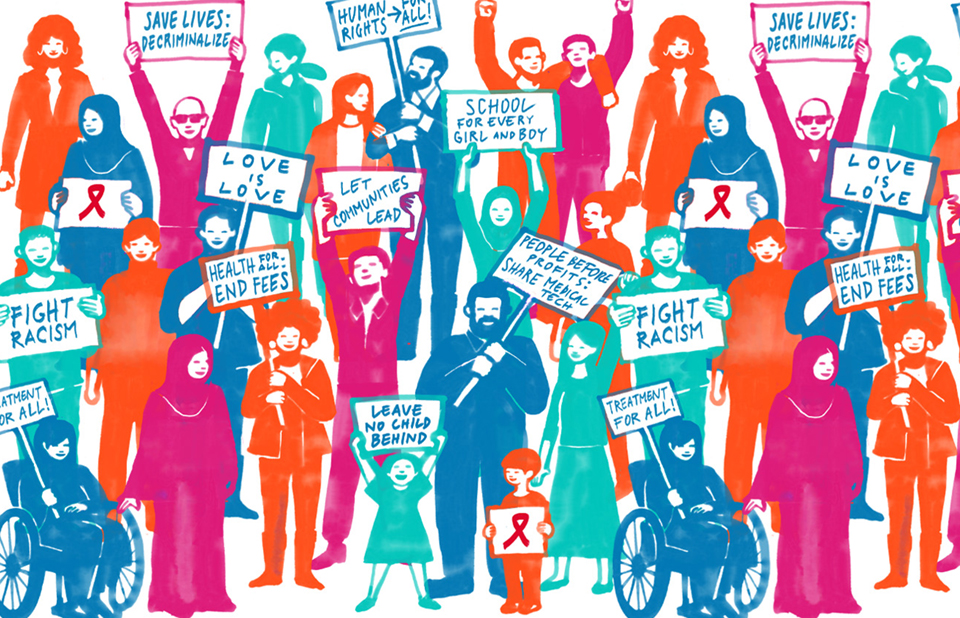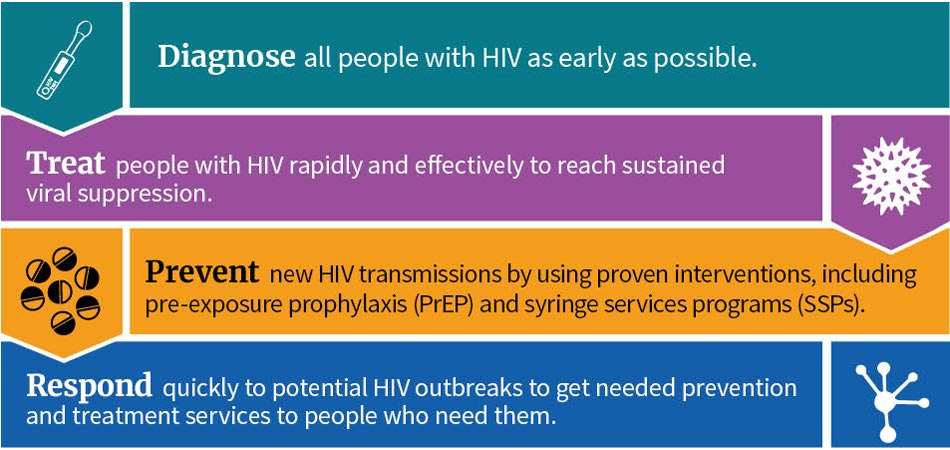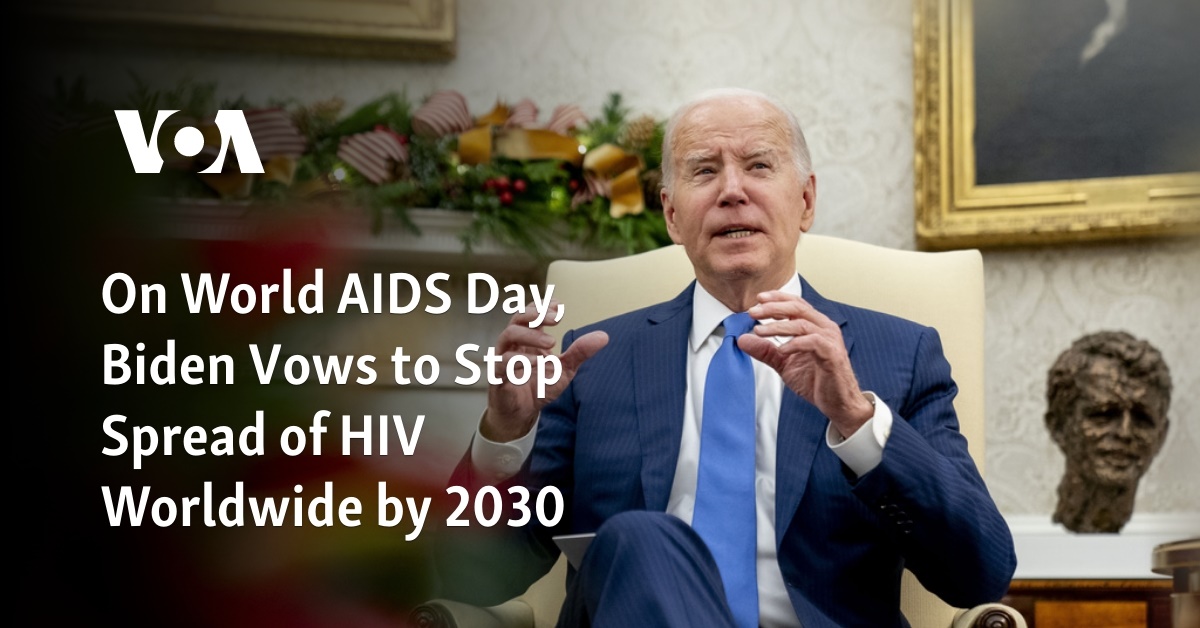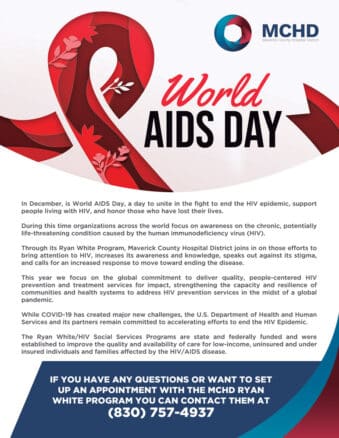Introduction
World AIDS Day is observed every year on December 1st to raise awareness about the AIDS pandemic caused by the spread of HIV infection. This day provides an opportunity to remember those who have lost their lives to the disease, show support to those living with HIV, and spread awareness to prevent new infections.
What is World AIDS Day?
World AIDS Day is a global health initiative to raise awareness and unite people in the fight against HIV/AIDS. HIV is a virus that attacks the immune system, leaving people vulnerable to infections and diseases. People living with HIV can lead healthy lives with proper medical care, but there is still no cure for the disease. The day aims to highlight the importance of continued research, education, and support for those living with HIV/AIDS.
The history of World AIDS Day
World AIDS Day was first observed in 1988, making 2021 the 33rd year of its observance. It was established by the World Health Organization (WHO) in response to the growing epidemic of HIV/AIDS. The day is recognized by governments, organizations, and communities around the world. The Red Ribbon is the symbol of support for those affected by HIV/AIDS, and it is commonly worn on World AIDS Day to show solidarity with the cause. As of 2020, approximately 38 million people globally were living with HIV/AIDS, and the pandemic continues to have a significant impact on public health.

What is AIDS?
Definition of AIDS
AIDS (Acquired Immunodeficiency Syndrome) is a medical condition that results from the final stage of HIV infection. It occurs when the immune system of a person with HIV is severely damaged, making them vulnerable to opportunistic infections and cancers. The diagnosis of AIDS is made when a person with HIV has a CD4 count of less than 200 cells/mm3 or develops certain opportunistic infections.
How AIDS is caused
AIDS is caused by the spread of HIV (Human Immunodeficiency Virus). HIV is a virus that attacks the immune system, specifically the CD4 cells. It is transmitted through blood, semen, vaginal fluids, breast milk, and rectal fluids. The most common routes of transmission are unprotected sexual contact and sharing injecting drug equipment. Mother-to-child transmission is also a significant route of transmission if the mother is living with HIV and not receiving antiretroviral treatment to reduce the risk of transmission to the child.

HIV and AIDS
The difference between HIV and AIDS
HIV (Human Immunodeficiency Virus) is a virus that attacks the immune system. It can lead to AIDS (Acquired Immunodeficiency Syndrome), which is the final stage of HIV infection. AIDS is diagnosed when a person with HIV has a CD4 count of less than 200 cells/mm3 or develops certain opportunistic infections.
The global statistics of HIV and AIDS
According to the World Health Organization, approximately 38 million people worldwide were living with HIV/AIDS in 2019. Sub-Saharan Africa has the highest burden of HIV, with over two-thirds of people living with HIV residing in the region. However, significant progress has been made in the fight against HIV and AIDS, with the number of new infections and AIDS-related deaths declining in recent years.

Prevention of HIV and AIDS
How to prevent the transmission of HIV
Prevention is critical to combat the spread of HIV. HIV transmission can occur through sexual contact, sharing needles, or mother-to-child transmission during pregnancy, childbirth, or breastfeeding. Preventive measures include:
- Practicing safe sex by using condoms consistently and correctly
- Not sharing needles or other injection equipment
- Ensuring safe blood transfusions and medical procedures
- Preventing mother-to-child transmission through antiretroviral therapy
HIV testing and counseling
Early detection and prompt treatment can significantly improve outcomes for people with HIV. HIV testing is essential to identify infections early and prevent further transmission. Counseling and support services can help people living with HIV maintain their physical and mental well-being. Regular testing and counseling can help reduce the stigma surrounding HIV and promote better access to care.

Living with HIV and AIDS
Managing HIV and AIDS
People with HIV and AIDS can manage their condition with antiretroviral therapy (ART), which can suppress the virus, slow disease progression, and reduce the risk of transmission. Good nutrition, regular healthcare, and healthy lifestyle choices can also improve outcomes.
Support and resources for those living with HIV and AIDS
There are numerous resources available for people living with HIV and AIDS, including counseling and support groups, community services, and peer networks. Mental health services can also provide essential support for people dealing with the emotional impact of HIV and AIDS. Education and awareness programs can help reduce stigma and promote better understanding of HIV and AIDS.

Stigma and Discrimination
The impact of stigma and discrimination on those living with HIV and AIDS
Stigma and discrimination surrounding HIV and AIDS can have a significant impact on the mental and physical health of those living with the condition. It can lead to poor mental health outcomes, including depression and anxiety, and can also discourage people from seeking healthcare and disclosing their status to others.
Fighting stigma and discrimination
Fighting stigma and discrimination requires education and awareness programs that promote an understanding of HIV and AIDS. It also requires challenging discriminatory practices, including discrimination in healthcare, the workplace, and in society at large. Personal experiences shared by people living with HIV and AIDS can also help reduce stigma and promote greater empathy and understanding.

The Role of Technology
Advancements in technology for HIV and AIDS management
Technology has played a significant role in improving the management of HIV and AIDS. The development of electronic medical records has allowed for better tracking of patient care and medication adherence. Additionally, mobile health applications have made it easier for individuals to monitor their health and access healthcare services.
Tech companies’ contributions to fighting the HIV and AIDS epidemic
Tech companies have also made significant contributions to the fight against HIV and AIDS. For example, Google has developed an online tool that provides information about testing locations and HIV prevention methods. Facebook has partnered with several nonprofits to increase awareness of the virus and support groups for those living with HIV and AIDS. These initiatives demonstrate the potential of technology to help combat the HIV and AIDS epidemic.

What Can You Do to Help?
Ways to get involved on World AIDS Day
There are several ways individuals can get involved on World AIDS Day. Consider volunteering at a local HIV or AIDS organization, donating to a charity that supports research or treatment, or participating in an awareness-raising event. Additionally, individuals can educate themselves about the virus and ways to prevent its spread. Simple actions like getting tested and encouraging others to do so can also make a significant impact in the fight against HIV and AIDS.

Conclusion
Reflection on the significance of World AIDS Day
World AIDS Day is a critical reminder to the world that this disease still exists, and many individuals are affected every day. It also serves as a call to action for people to come together and take steps towards ending the epidemic. By getting involved through various means, individuals can make a significant difference in the fight against HIV and AIDS. It is vital to understand the importance of educating oneself, spreading awareness, and supporting the efforts of organizations working towards preventing and treating this virus. On this World AIDS Day, take action and help make a difference.

